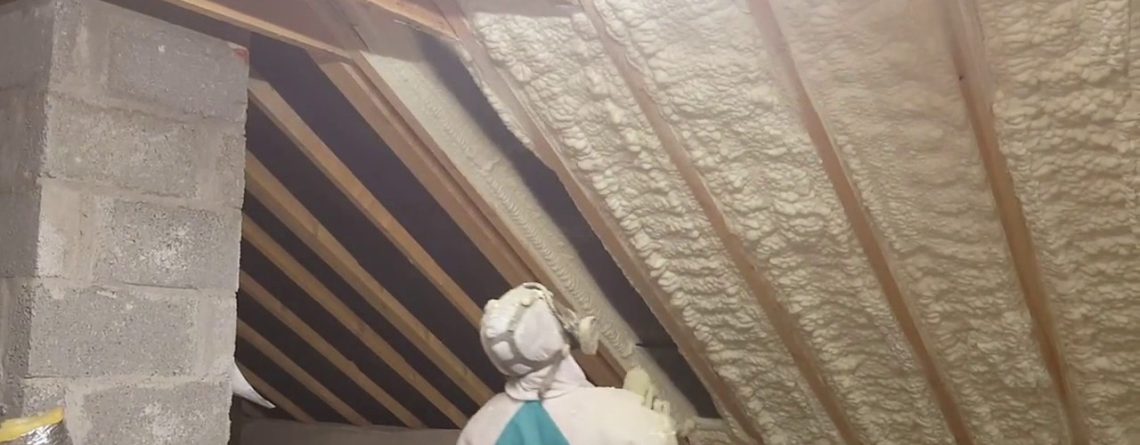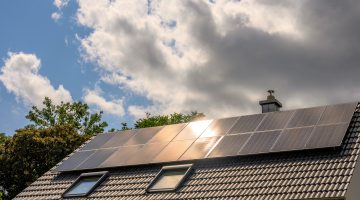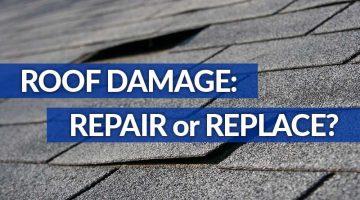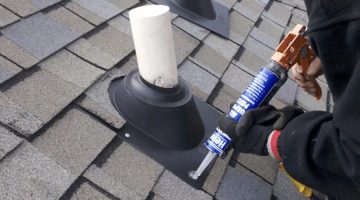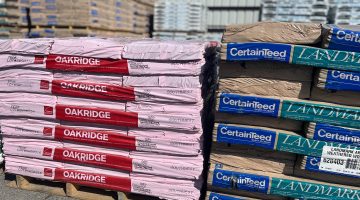
Introduction: Proper insulation is crucial for maintaining a comfortable and energy-efficient home. The roof, being a significant area of heat loss or gain, requires particular attention when it comes to insulation. By improving the insulation in your roof, you can enhance the comfort of your living space, reduce energy consumption, and lower heating and cooling costs. This essay explores effective strategies to better insulate your roof, ensuring a more sustainable and comfortable living environment.
- Assess Current Insulation: The first step in improving roof insulation is to assess the existing insulation. Determine the type and condition of insulation currently in place, as well as its R-value, which measures the insulation’s resistance to heat flow. Older insulation materials like fiberglass batts or cellulose may have settled or deteriorated over time, reducing their effectiveness. Understanding the current state of insulation will help you identify areas that require improvement.
- Choose the Right Insulation Material: Selecting the appropriate insulation material is vital for effective roof insulation. Common options include fiberglass batts, blown-in cellulose, spray foam, and rigid foam boards. Consider factors such as the climate in your area, desired R-value, and budget when choosing insulation. Each material has its benefits and installation requirements, so consult with professionals to determine the most suitable option for your roof.
- Seal Air Leaks: Before installing new insulation, it is crucial to seal any air leaks in the roof. Leaks around vents, pipes, chimneys, and electrical fixtures can contribute to heat loss or gain, reducing the effectiveness of insulation. Use caulk, weatherstripping, or expanding foam to seal gaps and cracks in the roof’s structure, preventing air infiltration and improving overall insulation performance.
- Install a Radiant Barrier: A radiant barrier is an additional layer of reflective material installed on the underside of the roof. It helps to reflect radiant heat away from the living space, reducing the amount of heat absorbed by the roof and transferred into the home. Radiant barriers are particularly effective in hot climates. Ensure proper installation and consult with professionals to determine the best placement and material for your specific needs.
- Ventilate the Roof Space: Proper roof ventilation is essential for controlling moisture and preventing the buildup of heat in the attic or roof space. Good ventilation allows air to circulate, reducing the risk of condensation, mold growth, and structural damage. Install vents, such as ridge vents, soffit vents, or gable vents, to facilitate airflow and maintain a balanced temperature in the roof space. Consult local building codes and regulations for ventilation requirements specific to your area.
- Consider Roof Insulation Techniques: Depending on the design of your roof, you may consider additional insulation techniques to maximize energy efficiency. Some options include adding insulation boards above the roof deck, installing a cool roof coating to reflect sunlight, or utilizing a ventilated or green roof system. These techniques provide additional layers of insulation and contribute to a more sustainable and efficient roof structure.
- Seek Professional Assistance: Insulating a roof requires expertise and knowledge of local building codes and best practices. Engaging the services of professional contractors or insulation specialists is highly recommended. They can assess your specific needs, provide guidance on insulation materials and techniques, and ensure proper installation for optimal results.
Conclusion: Improving the insulation in your roof is a valuable investment that enhances the comfort and energy efficiency of your home. By assessing current insulation, choosing the right materials, sealing air leaks, installing a radiant barrier, ventilating the roof space, considering specialized techniques, and seeking professional assistance, you can better insulate your roof and enjoy the benefits of reduced energy consumption, lower utility bills, and a more comfortable living environment. Take proactive steps towards improving roof insulation, and contribute to a sustainable and energy-conscious home

